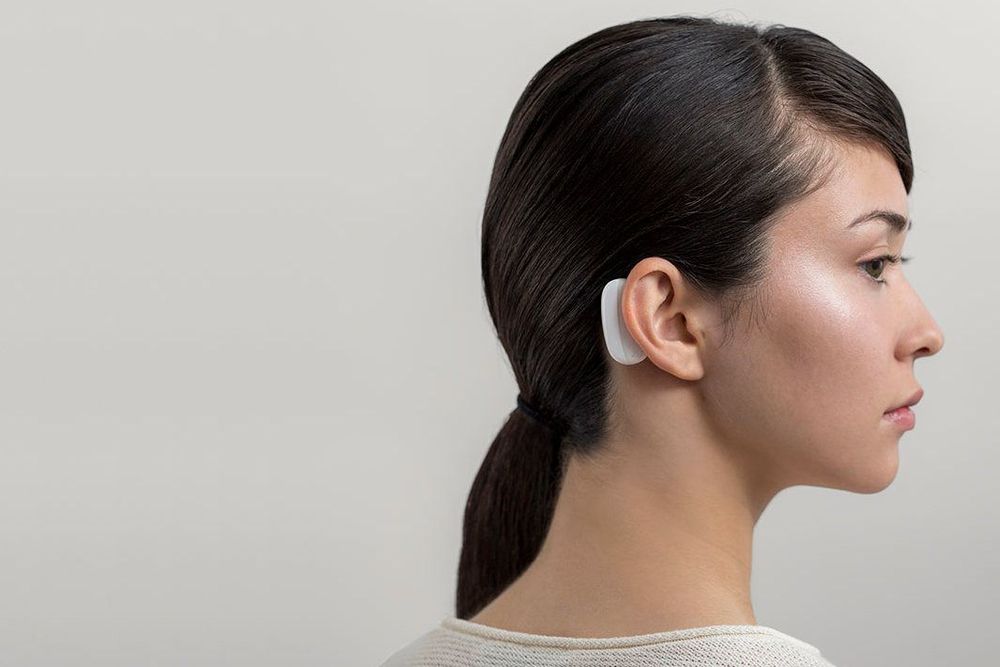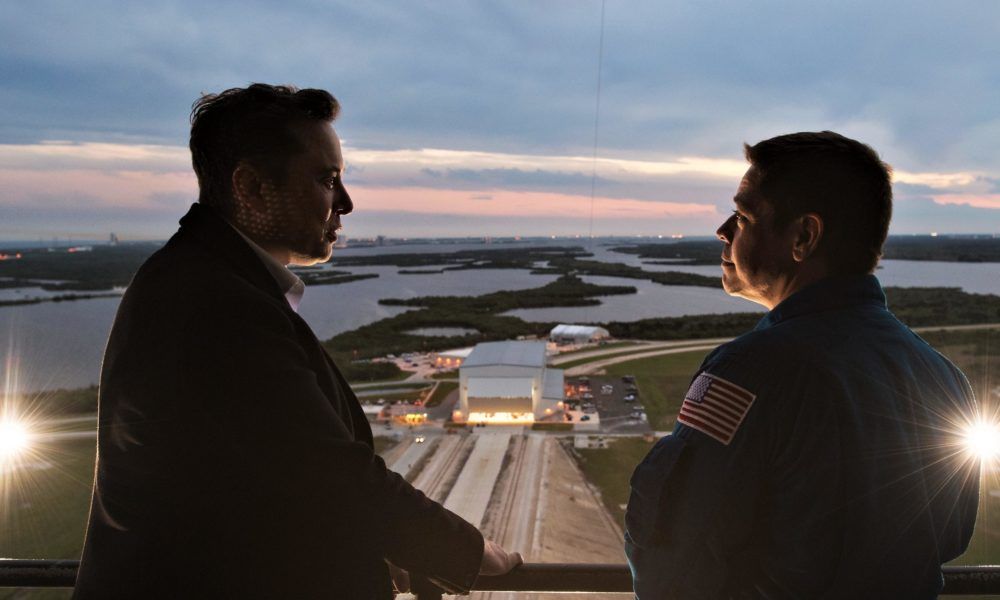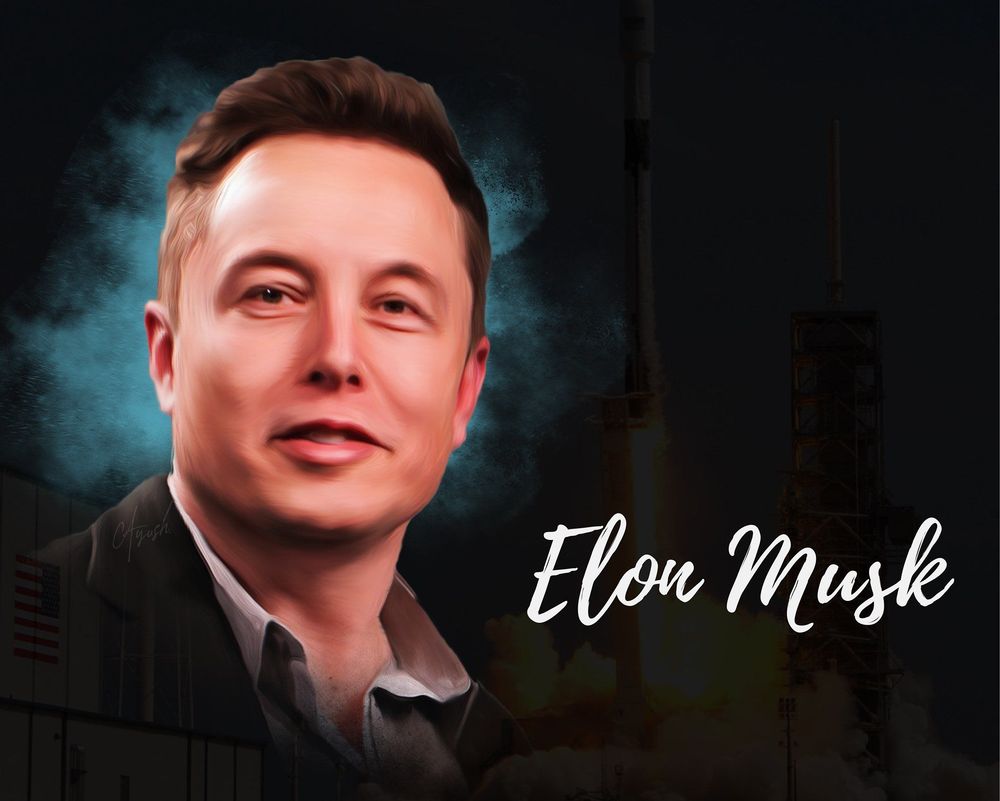Neuralink is developing ultra-high bandwidth brain-machine interfaces to connect humans and computers.
Category: Elon Musk – Page 235




This imaginative drawing liked by Elon Musk reveals just how crazy SpaceX’s first missions to Mars will be
Elon Musk, the founder of the rocket company SpaceX, has “aspirational” plans to launch people to Mars in 2024 and ultimately colonize the red planet.
To make the roughly six-month one-way journey, Musk and his engineers have dreamed up a 347-foot-tall launch system called the Big Falcon Rocket, or BFR. The spacecraft is designed to have two fully reusable stages: a 19-story booster and a 16-story spaceship, which would fly on top of the booster and into into space.
SpaceX employees are now building a prototype of the Big Falcon Spaceship at the Port of Los Angeles. Gwynne Shotwell, the company’s president and COO, reportedly said Thursday that the spaceship may start small test-launches in late 2019.
Tesla Roadster’s SpaceX thruster will be hidden behind the license plate, says Elon Musk
Tesla’s new Roadster is going to come with an optional ‘SpaceX package’ that will include cold air thrusters to improve performance.
Now CEO Elon Musk says that the thruster will be hidden behind the license plate.
When first unveiling the vehicle, Musk claimed a list of insanely impressive specs for the new Roadster, including 0–60 mph in 1.9 sec, 620-mile of range, and more.
SpaceX CEO Elon Musk says major Starship engine bug is fixed as Raptor testing continues
Starhopper awaits its first truly flightworthy Raptor as CEO Elon Musk says SpaceX may have solved the technical bug delaying hop tests. (NASASpaceflight — bocachicagal, SpaceX)

Elon Musk and the electric (VTOL supersonic jet) plane that could
Elon Musk is a lot of things to a lot of people, but there’s something very interesting about him that drives most others: If he thinks something is worth improving, there’s more than a coin’s toss of a chance he’s going to make a go of it.
Now, Musk is a fantastically creative guy and all, but I’m not here to shower him with accolades (today anyhow). I’m setting the stage to discuss the next so-called improbable thing he might take on in the near future.
How Elon Musk Makes And Spends His Billions
This is how Elon Musk makes and spends his billions.
